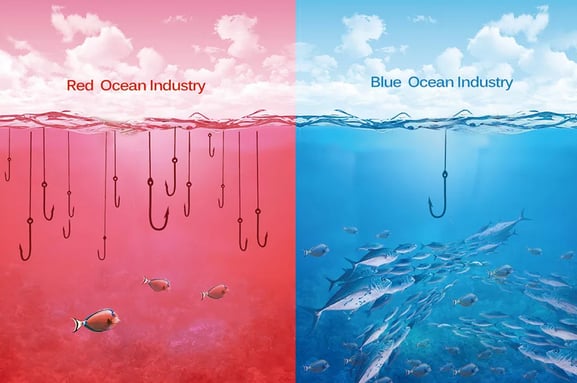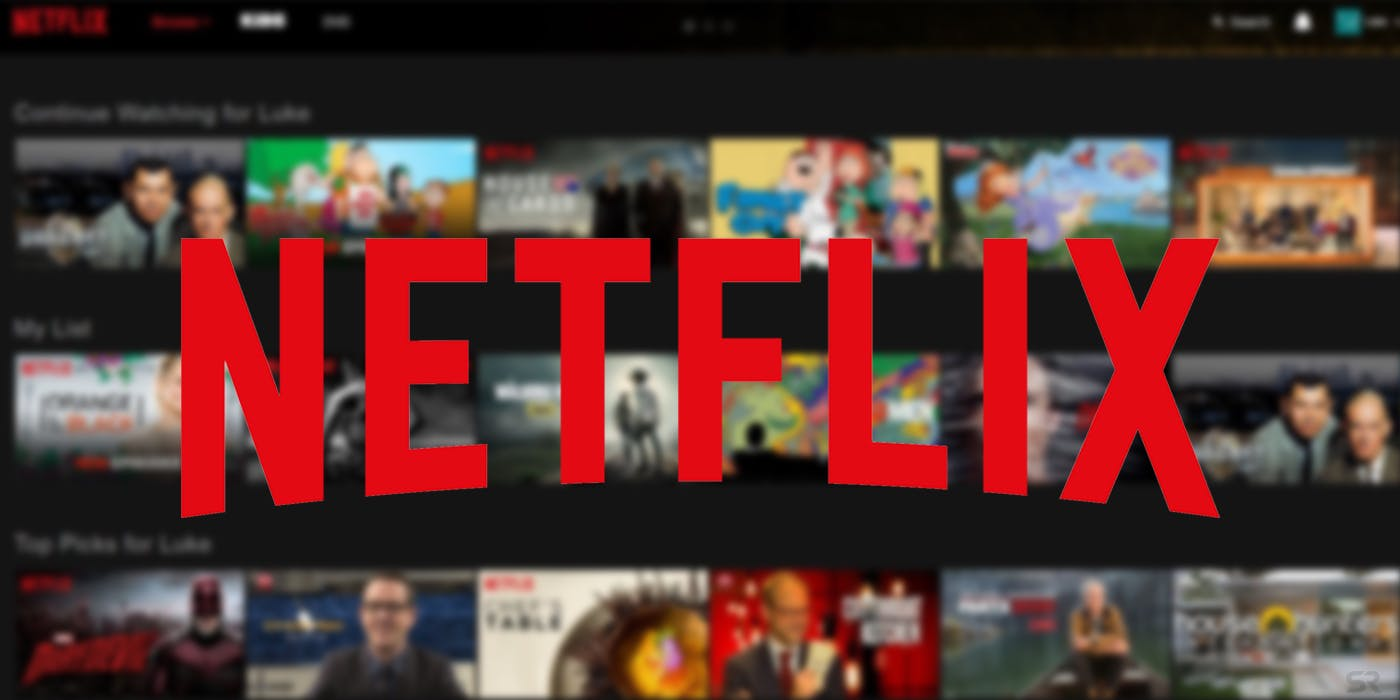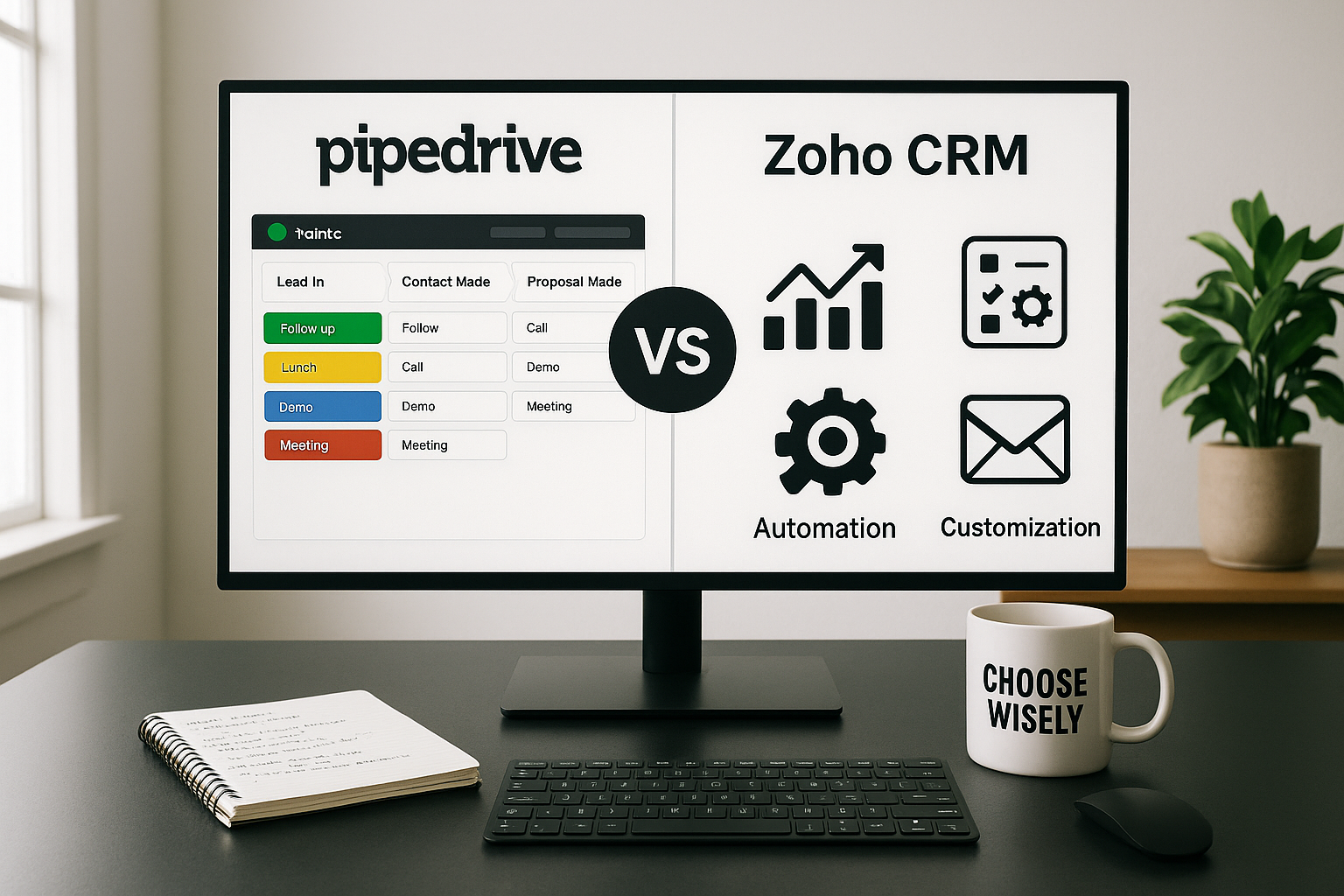Nowadays, market competition is as vigorous as it has ever been, forcing many businesses to turn to aggressive methods. In an attempt to leap ahead of the opponents they utilize various marketing tricks and fight viciously for a bigger share of the marketplace. All of this creates the so-called “red ocean” conditions, where the task of each company is to outperform its rivals within the existing industry boundaries.
What is the Blue ocean strategy
The blue and red ocean strategy definition takes its name from the best-selling Blue Ocean Strategy by two economics researchers, W. Chan Kim and Renée Mauborgne, published in 2005.
This blue ocean strategy, ideal for SMEs and big companies and start-up aims to create new strategic spaces to direct the company’s activity on an economic sector more conducive to development because it is less competitive. This is why it is particularly appropriate to adopt this strategy from the company’s creation and think of all the development of its activity according to the market to be created.
By observing these companies’ growth and success factors, whether they are new companies or companies undergoing restructuring, Kim and Mauborgne have shown that success depends on the creation of markets free from any competition. This is what they called “blue ocean strategy” summarized by a few essential key points:
- creation of markets
- lack of competition in these new markets
- creating a new request
- loyalty of this new demand
- value for money output
- alliance of differentiation and a high price
Blue Ocean Strategy Examples
To illustrate the point, let’s look at a well-known example from the CRM industry – Salesforce, a company that has adopted the Blue Ocean Strategy since its outset. While the competitors were offering on-premise CRM software technologies that dominated the enterprise market, Salesforce.com has developed an on-demand customer relationship management solution that was much cheaper, easier to use and accessible to a large pool of small and medium size businesses. Thanks to such an approach Salesforce.com has managed to become a leader in the CRM market.
What is the Red ocean strategy
The combat against the competition by carrying out different strategies (cost domination, differentiation, etc.) can prove to be bitter, even bloody, hence the metaphor of the “red ocean” which recalls the color of which the water turns tinted when two sharks fight over a single prey. This strategy is also summarized in a few fundamental points:
- activity in existing markets
- struggle with competitors
- the exploitation of existing demand
- the best value for money race
- aim either for low prices or for differentiation.
It becomes evident for any entrepreneur that the least risky strategy that ensures strong growth in turnover is the blue ocean strategy. The company focuses on the success of its activity without worrying about surviving the fierce struggle in a saturated and ultra-competitive market.
Red Ocean Strategy Examples
Reliance Jio
Reliance Jio gets a red ocean in telecommunication with heavy players Airtel and Vodafone. Well-skilled with the red ocean strategy, they delivered unique deals and strong internet packs that made Jio a market leader.
Ryanair
Ryanair is an airline that has the red ocean strategy to operate in an intensive market. They chose a low-cost model to offer cheap airfares and basic air services in comparison to competitors.
Difference between blue ocean and red ocean strategy
The company is confronted upstream with a Boolean choice. Either it decides to confront the competing companies present on the market, the segment, the positioning it covets by trying to gain market share points, sometimes bitterly because the rules of the competition are known to all. The battle then risks being difficult in certain cases of intense competition, even “bloody”. Hence the metaphor of the expression “red ocean” to describe such a situation. Either the company thinks about the development of innovative space for its offer, an innovative segment, a competitive positioning for which the competition will not appear relevant, or in any case not direct. The company then creates for itself a growth environment that is a priori more peaceful by designing and developing a useful innovation (value innovation) that creates value for both the customer and the company while controlling costs. Hence the expression blue ocean describes such a situation.
Now that the advantages of Blue Ocean Strategy are quite clear, the only question remaining is the methods of its implementation. How does one discover the opportunities to create a new market segment? Is it possible to facilitate the process?

Of course, each case is unique and there is no magic formula that will create an uncontested business niche for you, we would like to argue that a CRM system, if used correctly, can help find the trails to Blue Ocean Strategy. The theory itself is grounded in data and extensive research of various business cases. Similarly, when searching for a way to reconstruct market boundaries and reshape their business models, companies should rely on data. Any way, organizations receive massive amounts of information provided by their customers, leads, partners, suppliers, etc. Very often a lot of this valuable content is unstructured and subsequently gets lost. This is where CRM solutions come to rescue. They can help organize scattered information, outline patterns, and analyze trends, enabling businesses to spot alternative ways of developing their products and find new customers – all potential trails to Blue Ocean Strategy.
Moreover, using a CRM can help create value innovation, which is also one of the crucial principles of the Blue Ocean Strategy. Value innovation is the idea of breaking the value-cost tradeoff, namely accomplishing both differentiation and low cost. Improved customer experience and increased efficiency are among the main recognized benefits of CRM systems, which contributes to the precept in question.
All in all, major CRM capabilities, such as empowering businesses to effectively gather and analyze data, advance customer service, keep track of competitors, etc., establish a perfect ground for Blue Ocean Strategy implementation and sustainable execution.
Which companies use the blue ocean strategy?
Uber
Uber operated to create a business with no competition. Later other companies filled the space, but Uber still dominated the market as it spread the service worldwide.
Airbnb
Airbnb service is beneficial for both sides. Owners can easily offer available space for many travelers, and customers can find a unique location for their vacation.
Does Netflix use the blue ocean strategy?
Netflix’s blue ocean idea was to make movies available online. When their competitors started applying the same strategy, Netflix launched its original shows and films. This way, they proved that it is possible to switch to the blue ocean more than once in the same industry.

What is an example of the red ocean strategy?
Samsung
Have you seen Samsung TV? Sure you have seen. This company uses the red ocean strategy! How is it possible that Samsung got ahead of SONY, Grundig, LG, Panasonic, etc.? They focused on developing only High Quality TVs. Samsung came to the top of televisions by improving its TVs little by little over the years
Conclusion
Red and blue ocean strategy, your choice?
Don’t get stuck in a red ocean trap. Use your CRM solution to help you join the global phenomenon of Blue Ocean Strategy and create a business that will benefit you and your clients.

.png?width=140&height=140&name=Noah%20(1000%20x%201000%20px).png)


(2).jpg)
